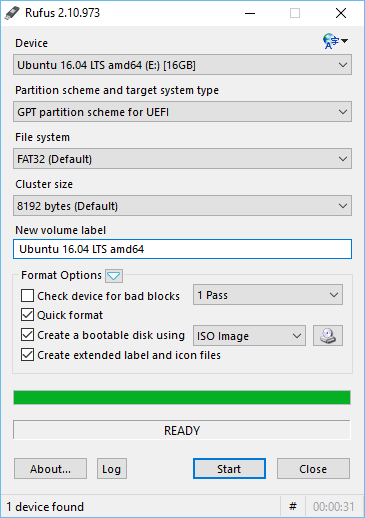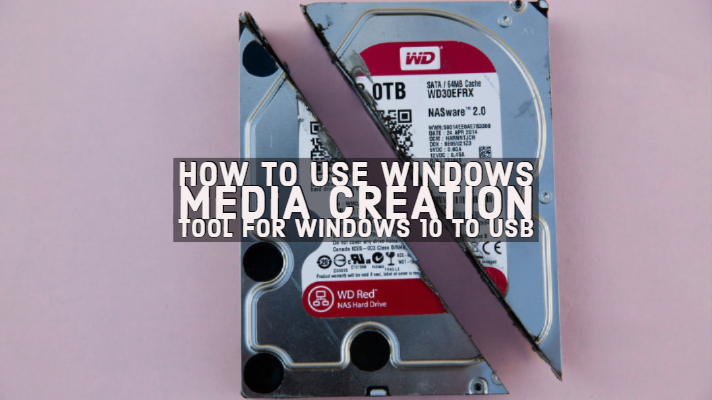

Windows media creation tool not working install#
Quick tip: If you plan to install Windows on multiple computers running 32-bit and 64-bit architectures, use the "Architecture" drop-down menu and select the Both option to create a media that will work on both systems. Select the correct language, architecture, and edition of Windows 10 (if applicable). (Optional) Clear the Use the recommended options for this PC option. Select the Create installation media (USB flash drive, DVD, or ISO file) for another PC option. Click the Accept button to agree to the applicable license terms.Double-click the MediaCreationToolxxxx.exe file to launch the setup.Under the "Create Windows 10 installation media" section, click the Download tool now button to save the file. To create a Windows 10 USB media, connect a flash drive of at least 8GB of space, and then use these steps: On Windows 10, the Media Creation Tool is the option available for creating a bootable USB media to perform an in-place upgrade or clean installation.
Windows media creation tool not working how to#
How to create Windows 10 UEFI boot media with Media Creation Tool

However, if you have a device that has a Unified Extensible Firmware Interface (UEFI), instead of the legacy Basic Input/Output System (BIOS), it is crucial to use the correct media for the firmware type to complete the installation successfully. At the time of installing a fresh copy of Windows 10, you typically use a USB flash drive to launch the "Windows Setup" wizard to continue with the installation process.


 0 kommentar(er)
0 kommentar(er)
